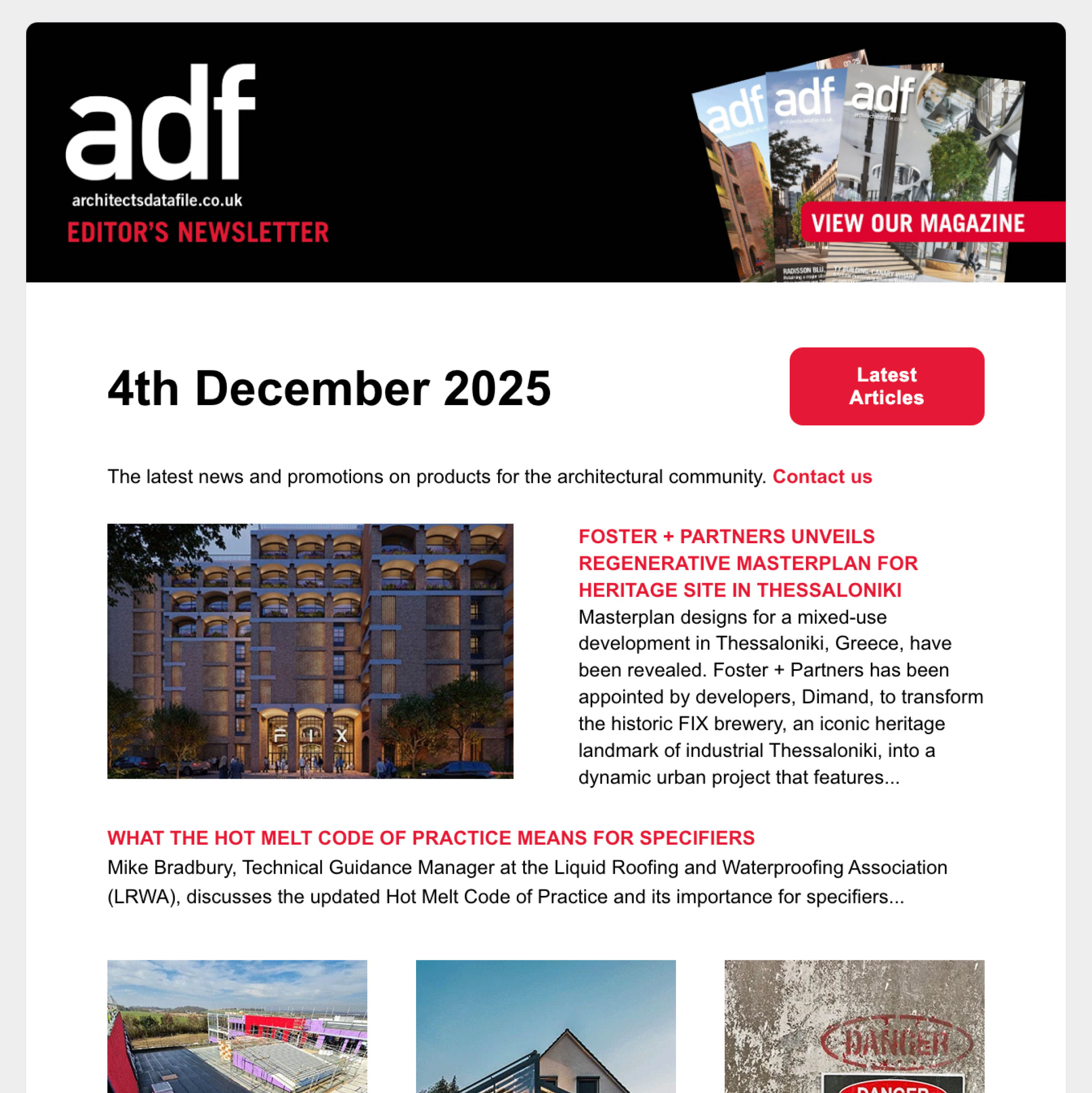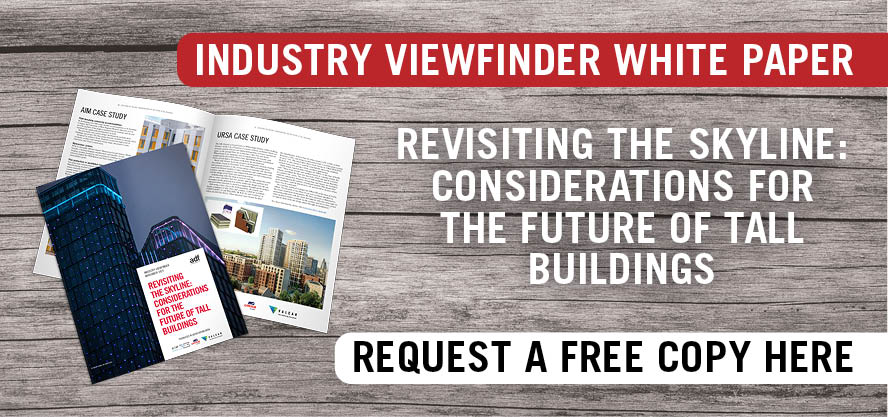Rainscreen cladding has been put under immense scrutiny post-Grenfell. While manufacturers have worked hard to regain trust, architects have become much more sophisticated when it comes to material specification. Rainscreen cladding has been put under immense scrutiny post-Grenfell.. Andy Thomas of Vivalda Group discusses the current key trends
The latest figures from the Office for National Statistics (ONS) suggest that the UK construction industry could finally be turning a corner. While 2023 saw mostly negative growth, January 2024 saw an uplift of 1.1% compared to the previous month. We’re not out of the woods yet, but there is cause for optimism in certain sectors of the industry – and that is certainly the case with cladding.
Despite a tough 2023 for many, we saw demand for material such as fibre cement, solid aluminium, glass reinforced concrete and high-pressure laminate continue to grow steadily. Furthermore, as we emerge from the shadow of Covid and recession, we are expecting steady growth in the medium term, with more significant growth opportunities in 2025.
In terms of specification, one of the big trends we have seen in recent months is a shift away from the ‘A1 or nothing’ mantra, to a much more informed view when it comes to cladding material selection. While this ‘belt and braces’ approach to facade safety was understandable in the wake of the Grenfell Tower fire (and the foundation of the Building Safety Regulator), architects have become much more sophisticated when it comes to the appropriate specification of facade systems.
Remediation nation
To date of the 3,839 buildings above 11 metres being monitored by the Government as in need of cladding remediation, 2,286 have not yet commenced. While this is hugely disruptive for residents stuck in homes that require new cladding, it should be noted that the cause of the poor progress in this area lies in the complexity of the challenge facing contractors.
Unwary building owners are too often faced with remediation projects comprising not only incorrectly specified facade panels, but also wrongly installed, missing or inappropriate fire barriers, breather membranes, framing systems or insulation. In practice, it is these details, which have far-reaching contractual and financial implications, that are often preventing remedial work from occurring.
Nevertheless, we continue to work with developers and architects to supply tested, conforming facade systems – most often solid aluminium or fibre cement – to both high rise and other municipal projects. The Link Building on London’s City Road is typical of a mixed development remediation project that is commonplace in the UK today. Clearly, cladding remediation work continues to be a significant part of our activities moving forward, even though its pace is frustratingly slow at times for all concerned.
HPL makes a comeback
Due to the newfound appreciation of cladding safety regulations among architects – and the more nuanced appreciation of materials appropriate for high (i.e. above 18 metres) and low-rise buildings, we are seeing a return to facades made from high pressure laminates (HPL). While demand for this type of product saw a significant drop in the aftermath of Grenfell, seven years later we are seeing this type of product being used on specific applications, most notably educational buildings or commercial developments up to three storeys in height.
Several years ago, the market faced challenges of under-supply of certain facade products, due to specifiers citing only A1 rated cladding, when A2 alternatives were well within safety and performance parameters. It’s encouraging to see that a more balanced view has been restored, which can only be supported by the recent Department for Education document (December 2023) which clearly states that A2-s1, d0 rated panels are perfectly acceptable on school buildings of up to 18 metres above ground.
We have seen a surge in demand for HPL within the education sector – with recent projects including South Wolds Academy in Nottinghamshire and Parmiter’s School in Hertfordshire. Another good example of the creative use of HPL can be seen at the Ashford Mental Health Unit in Southampton. This demonstrates the juxtaposition of colours and the use of precision cut boards to create real visual impact.
The relatively low cost of aluminium compared to other facade materials is a key driver for many specifiers. While it ticks the sustainability box from the outset, when we talk to architects during the initial stages of a project, we are always mindful of the ‘price-aesthetic-performance’ paradigm. Every specification decision is a balancing act between these three competing considerations. In our experience metal, especially aluminium cladding, scores highly here.
Texture is another important aspect of aluminium cladding that is often overlooked. Working with our trusted coatings partners, we can produce metal facades that exhibit stone-like effects, so that tactile stone or GRC facades can be used at the bottom of buildings, while lightweight aluminium can be employed higher up the structure.
Given the rise in biophilia – the use of more natural materials in buildings – we are even seeing aluminium facades maintaining ‘share of spec’ here, as architects play with the use of metals next to materials such as wood and stone. This is a major trend we are seeing in building design that looks set to take off over the next few years.
Fibre cement products as well as glass reinforced concrete solutions (GRC) find favour with architects looking for a wood or stone-like aesthetic without the associated issues of fire rating, weight, or cost.
While fibre cement products can create a strong, stone-like look, GRC is being discovered by architects as a creative facade medium, used for curved facade details, columns and window surrounds.
Sustainable futures
Sustainability continues to be a major consideration for architects when specifying rainscreen facades. We are certainly seeing responsible manufacturers making strides in this area, looking at production processes, re-use and recycling wherever possible.
More cladding manufacturers are exploring the prospect of reverse logistics to facilitate re-use and recycling – something that we are ideally placed to support given our nationwide presence. Cladding, be it metal, cement, concrete, terracotta or laminate, is stepping up to the environmental challenge and has come of age as a building material of the future.
Andy Thomas is trading director at Vivalda Group



